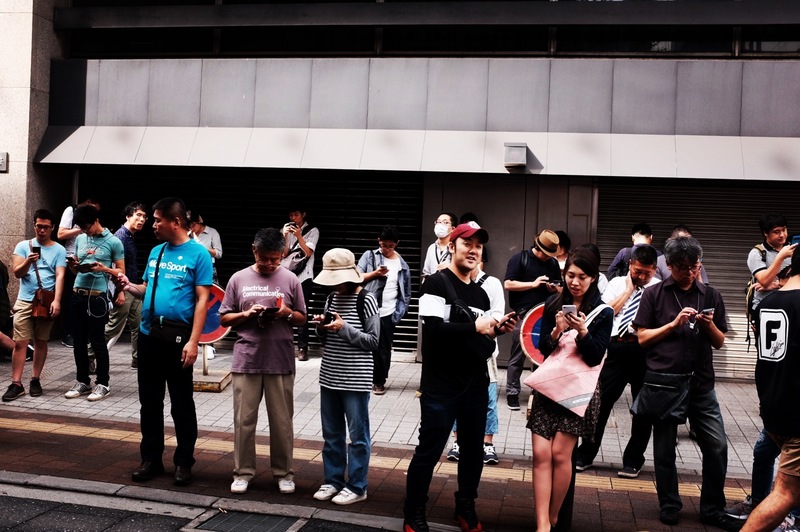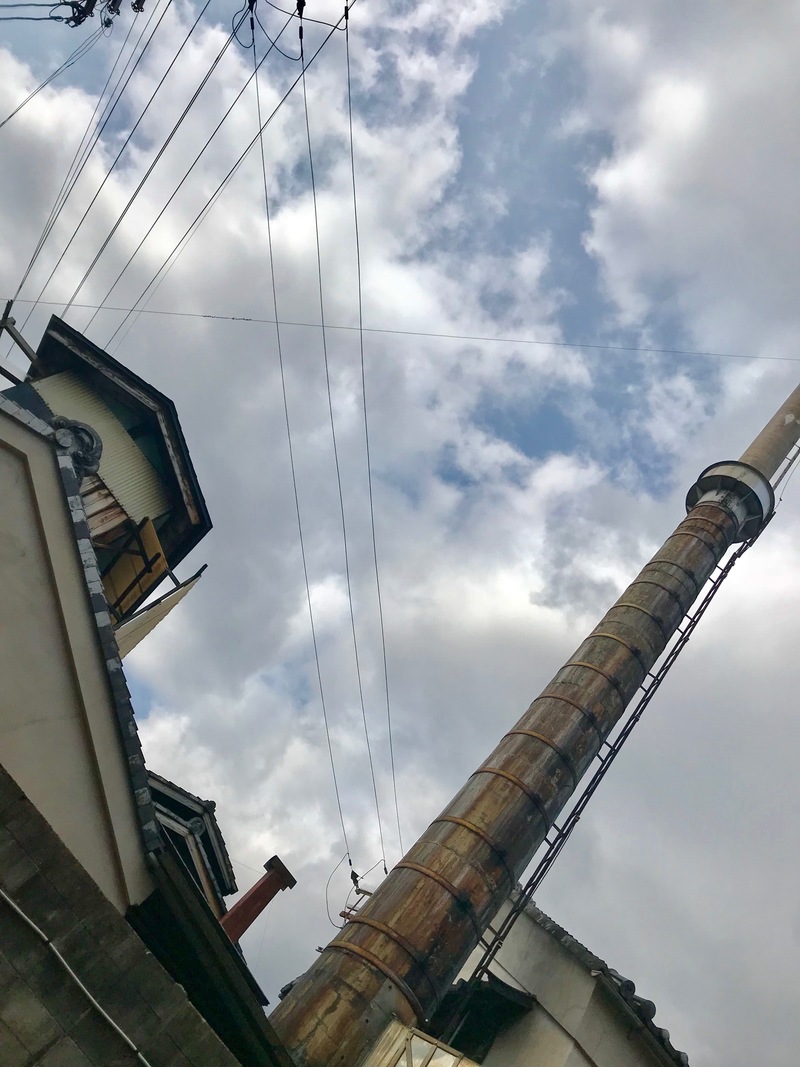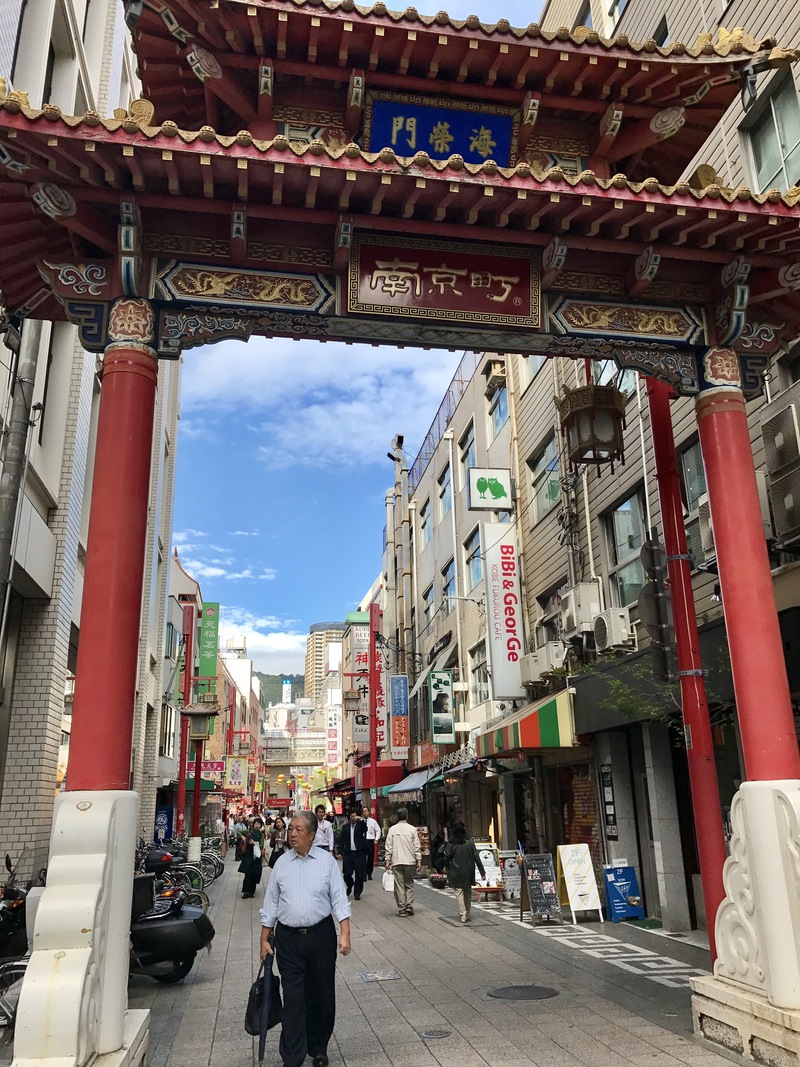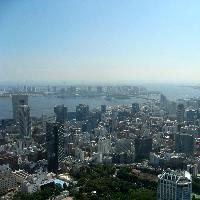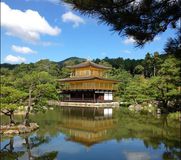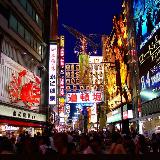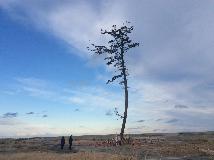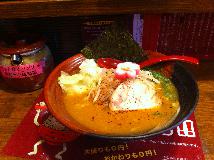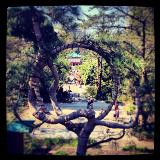Kiyomizu Temple, officially known as Otowa-san Kiyomizu Temple, is a Buddhist temple and popular tourist spot in Eastern Kyoto. A practicing Buddhist temple, Kiyomizu Temple forms part of the UNESCO World Heritage Site "Historic Monuments of Ancient Kyoto (Kyoto, Uji and Otsu Cities)". The temple is named for the waterfall which runs off the nearby Mt. Otowa, with Kiyomizu meaning "clear/pure waters." Interestingly, this waterfall is known as Otowa no taki, which loosely translates as "Waterfall which sounds like falling feathers." Kiyomizu Temple is particularly famous for its large stage (picture above) from which people would jump believing that if they survived the 13 metre fall their innermost desires and wishes would be granted. This lead to the expression "to jump off the stage at Kiyomizu (Kiyomizu no butai kara tobioriru: 清水の舞台から飛び降り)" coming to have roughly the same meaning as the English idiom "to take the plunge" in contemporary Japanese.
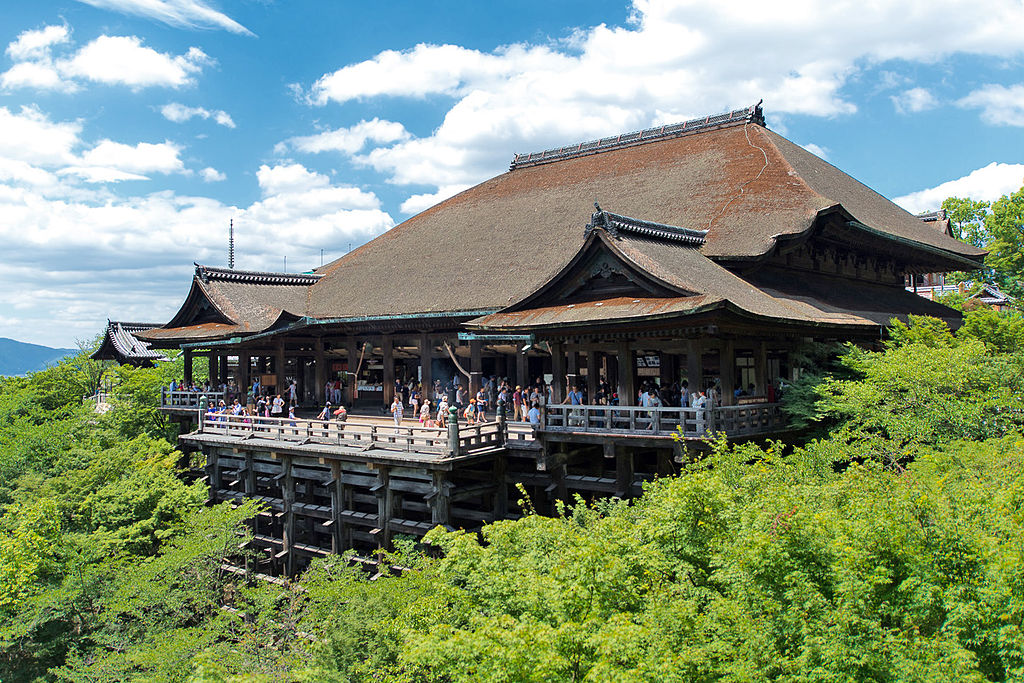
The famous "stage" at Kiyomizu Temple
On the day I visited with Tamara, it was an exceptionally hot day (indeed, we were visiting Kyoto whilst the city was in the grip of a heatwave). We had walked from the Heian Shrine to the north through the eastern temple district, passing through a number of public parks and by many temples and shrines (click the hyperlink to see our route!). It was a busy day for tourists, and Tamara and I were quickly lost in a sea of both domestic and foreign tourists clamouring to buy souvenirs at the numerous stalls set up around the temples. I remember sitting down with Tamara eating green tea soft serve ice creams having a rest before walking up the final hill towards Kiyomizu Temple, planning what we wanted to record up at Kiyomizu. As we sat, groups of predominantly Chinese tourists passed us by crying to each other excitedly. I wondered where they got the energy in the extreme heat!
The first recording above was taken just inside the temple complex, where a number of charms and talismans could be purchased and where one can pray to the Boddhisatvas enshrined in the temple. There were many tourists, and in the recording you can hear both Chinese and Japanese being spoken. You can hear one female Chinese tourist purchase a charm and thank the shrine maiden in Mandarin Chinese (谢谢 xiexie: thank you) before turning to the other members of her tourist group (and possibly members of her family?) to show them her new purchase (这个这个 zhe ge zhe ge: this one, this one). You can hear young women laughing as well as the coughs of older gentlemen. Prominently throughout the recording, you can hear the sounds of wind chimes and bells (displayed for purchase as well as to ward off evil spirits or yokai), as well as the sound of the rattling bell as people prayed to the Boddhisatvas. The sounds are similar to those heard at the Sensoji Temple in Tokyo, although the crowds at Kiyomizu Temple were nowhere near as intrusive and loud.
Click to Play Sound: Kiyomizu temple sounds 2
In the second recording, you can hear the sounds of the crowd much more prominently in the background as we moved deeper into the temple compound. Indeed, the reality of the sounds of the crowd at Kiyomizu Temple reflected a common experience held by Carolyn, Tamara and myself whilst we visited the temples of Kyoto. Although it is common to think of Buddhist temples as quiet spaces of spiritual retreat, the presence of tourists within many of the temples in Kyoto render them noisy environments, demonstrating that the "silent Zen temple" is an ideal which is often not reflected in reality. Within this recording, you can also hear the sounds of the 0-mikuji (which we also recorded at Sensoji Temple). After donating a 100-yen coin, most tourists enthusiastically shook the container containing the o-mikuji in order to receive their fortunes. The rattling of the fortunes in the container mingles with the sounds of the crowd to create an interesting soundscape which is common to most larger temples in Japan. Finally, at approximately 28 seconds into the recording you can hear the sound of power tools. Whilst we were visiting Kiyomizu Temple a number of restoration works were being conducted, and many of the areas of the Temple were hidden behind large screens (see here for another recording of construction work). The sounds of construction further added to the noise at the temple, and as one entered deeper into the compound even the sounds of the waterfall (which supposedly sounds of falling feathers!) could no longer be clearly experienced.
Recording: Tamara Kohn
Text: Thomas Baudinette
Photo: Wikimedia, used under creative commons license, from user Jordy Meow
